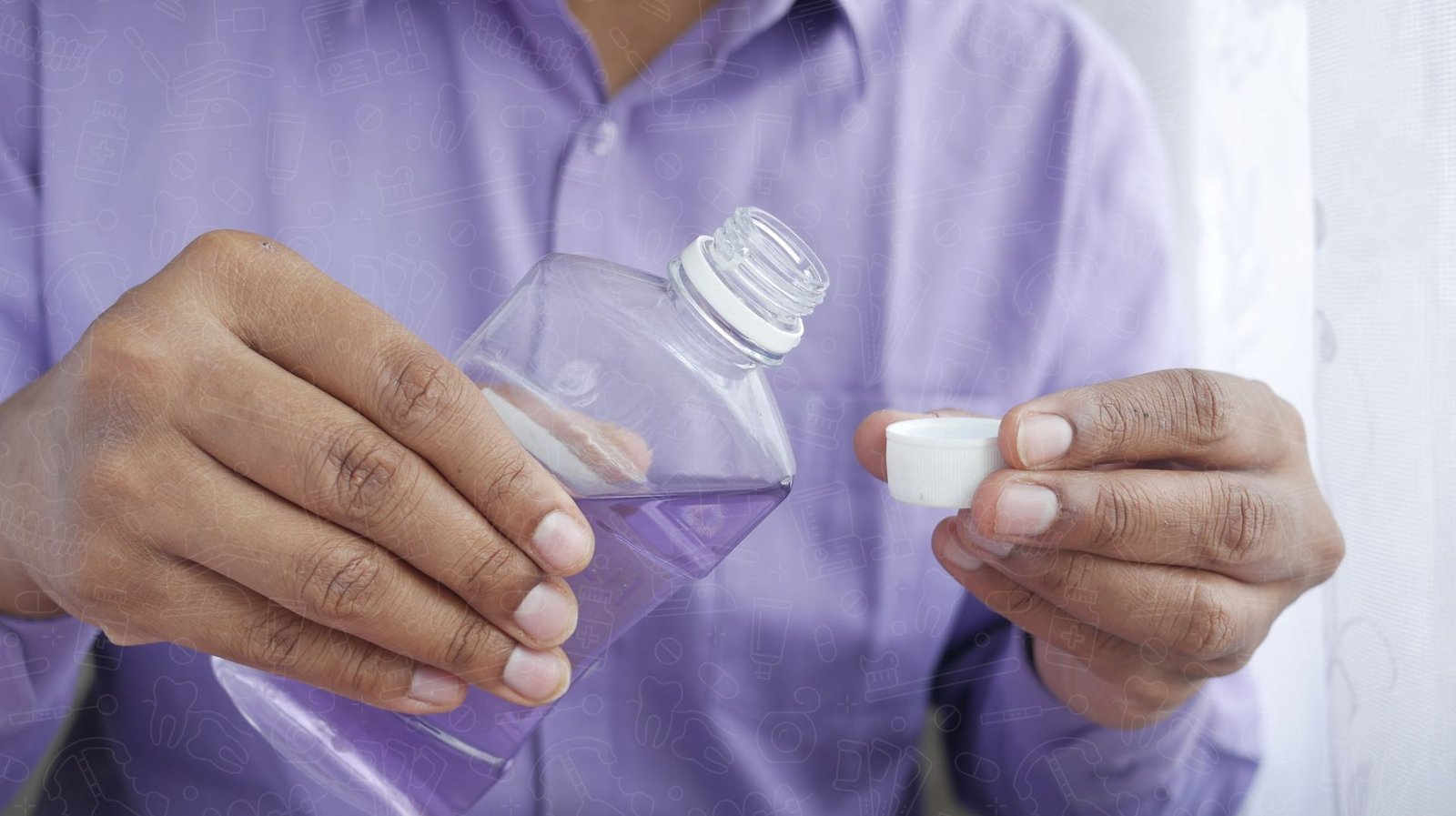Introduction
Dental sealants are a crucial preventive measure in pediatric dentistry, specifically designed to protect children’s teeth from cavities and decay. As many parents seek effective strategies to promote long-term oral health for their children, understanding the value of dental sealants becomes essential. These thin, protective coatings are applied to the chewing surfaces of molars, where food and bacteria often accumulate, creating a barrier that helps shield the enamel from harmful acids.
The application of dental sealants is recommended primarily for children in their developmental stages, as their back teeth are particularly susceptible to decay due to their grooves and pits. This crucial dental treatment helps minimize plaque buildup, making it easier for children to maintain oral hygiene, especially when they are still mastering effective brushing techniques.
Research highlights the significance of dental sealants in reducing the incidence of cavities, thus fostering a healthier oral environment for young smiles. Parents who incorporate sealants into their child’s dental routine often find an overall decrease in dental visits related to fillings or restorative work, resulting in both emotional and financial benefits. The following sections will delve deeper into how dental sealants work, their benefits, the ideal age for application, and their effectiveness, providing parents with comprehensive insights into this valuable dental intervention.
What Are Dental Sealants for Children?
Dental sealants are a preventive dental treatment designed to protect children’s teeth from cavities and decay. These thin, protective coatings are typically applied to the chewing surfaces of the back teeth, where food particles and bacteria are more likely to accumulate. Sealants create a barrier that shields the enamel from harmful acids that can lead to tooth decay.
The application of dental sealants is generally recommended for children’s molars, which are often more susceptible to cavities due to their grooves and pits. By filling in these crevices, sealants effectively reduce the risk of plaque buildup on these critical grinding surfaces. This protective measure is particularly important for children, as they are still learning proper oral hygiene techniques and may not adequately clean their back teeth.
Research has consistently shown that dental sealants can significantly lower the incidence of cavities in children. Utilizing sealants is an effective strategy in promoting long-term oral health, ensuring that children’s teeth remain strong and cavity-free as they grow. Furthermore, incorporating sealants into a child’s dental care routine can lead to fewer dental visits for fillings and treatments in the future, making it a valuable investment in their overall dental health.
How Dental Sealants Work on Children’s Teeth
Dental sealants are a preventive measure that helps in maintaining children’s oral health by acting as a protective barrier. The application of sealants involves a straightforward procedure that dental professionals typically perform in a pediatric setting. Initially, the tooth surface is thoroughly cleaned and dried to ensure optimal adhesion. A special gel may be applied to help prepare the tooth enamel for sealant application.
Once the tooth is ready, a liquid sealant material, usually made from a durable resin, is carefully applied to the grooves and pits of the teeth, particularly the molars, which are more susceptible to cavities. The sealant material flows into the crevices, creating a smooth, protective covering. After application, a curing light is often used to harden the sealant, ensuring that it bonds effectively to the tooth surface.
This barrier formed by dental sealants significantly reduces the risk of dental caries by preventing the accumulation of food particles and reducing the interaction of bacteria with the enamel. As a result, children are less likely to develop cavities and experience tooth decay, which contributes to better overall oral hygiene. Furthermore, regular dental check-ups can help monitor the condition of the sealants, ensuring they remain effective over time. Thus, understanding how dental sealants work is crucial for maintaining children’s dental health and preventing future dental issues.
Benefits of Dental Sealants for Children’s Oral Health
Dental sealants offer numerous benefits for children’s oral health, primarily focusing on cavity prevention. These protective coatings act as a barrier, sealing the grooves and fissures of molars where food particles and bacteria typically accumulate. By preventing this buildup, sealants significantly decrease the risk of tooth decay, which is particularly important as children’s teeth are more vulnerable during early development.
In addition to cavity prevention, dental sealants can lead to long-term dental health benefits. Children who receive sealants are less likely to require fillings or other restorative procedures in the future, ultimately lowering dental costs and minimizing their need for invasive treatments. Moreover, sealants contribute to overall oral hygiene by promoting easier cleaning, making it less intimidating for children to maintain good habits.
Research indicates that the application of dental sealants is effective not only in reducing cavities but also in fostering a positive attitude towards dental care. When children experience fewer dental issues, it can help alleviate anxiety associated with dental visits, encouraging lifelong oral health practices. Furthermore, the application process is quick, painless, and non-invasive, making it a convenient preventive measure for parents concerned about their child’s dental wellbeing.
In summary, dental sealants serve as a vital tool in promoting children’s oral health, ensuring their teeth remain healthy and cavity-free well into adulthood.
Ideal Age for Applying Dental Sealants in Children
The ideal age for applying dental sealants in children typically falls between six and twelve years. This recommendation is based on the timing of children’s first permanent molars; these teeth are particularly vulnerable to cavities due to their deep grooves that can trap food particles and bacteria. By placing sealants early, dental professionals can significantly reduce the risk of tooth decay during these formative years.
Research indicates that applying sealants around the age of six, when the first molars erupt, can enhance long-term dental health. This preventative measure creates a barrier that protects the chewing surfaces from harmful bacteria and plaque accumulation. Additionally, the second molars usually emerge around age twelve, making this another key period for sealant application.
Parental guidance is crucial in determining the right timing. While the onset of dental visits should begin during infancy, it is during these early years that routine checkups can help identify the optimal time for sealant placement. Dentists often assess a child’s risk for cavities, taking into account factors such as dental hygiene practices, dietary habits, and the presence of existing cavities.
By prioritizing dental sealants at the recommended ages, caregivers can effectively safeguard growing smiles, ultimately promoting healthier oral development as children transition into adolescence and beyond. Early intervention can yield significant long-term benefits in oral health and overall well-being.
How Long Do Dental Sealants Last on Children’s Teeth?
Dental sealants can significantly enhance children’s oral health by providing a protective barrier over the chewing surfaces of their teeth. Typically, dental sealants have a lifespan ranging from five to ten years, depending on several factors that influence their durability. The material used in sealant application, whether resin-based or glass ionomer, can impact longevity.
Additionally, children’s oral hygiene practices play a crucial role in maintaining the effectiveness of dental sealants. Regular brushing and flossing can help preserve the integrity of the sealants, reducing the risk of wear or damage. Furthermore, routine dental check-ups are essential, as dental professionals can monitor sealant condition and make necessary repairs or replacements when required.
Another influencing factor is dietary habits; frequent consumption of sugary or acidic foods can exacerbate wear on sealants. For optimal results and longevity, it’s recommended to minimize exposure to such foods and beverages.
In summary, while dental sealants offer a protective advantage against cavities, their lifespan varies based on the quality of the material, children’s dental hygiene practices, and dietary choices. Regular dental consultations will ensure that sealants continue to serve their purpose effectively, contributing to children’s long-term oral health.
Are Dental Sealants Safe and Effective for Kids?
Dental sealants have been a topic of discussion among parents considering preventive dental care for their children. Concerns often arise regarding the safety and effectiveness of these protective coatings. Numerous studies conducted in pediatric dentistry suggest that dental sealants are not only safe but also highly effective in preventing cavities. The American Academy of Pediatric Dentistry endorses sealants as a beneficial preventive measure.
Sealants are applied to the grooves of children’s molars, creating a barrier that shields teeth from plaque, bacteria, and food particles. This protective layer significantly reduces the risk of cavities, contributing to better oral health over time. Scientific evidence shows that children who receive dental sealants experience fewer cavities compared to those who do not.
Additionally, dental sealants have been rigorously tested for safety. The materials used are non-toxic and approved by health authorities, ensuring that they pose minimal risk to children. Regular dental check-ups allow for monitoring of sealant integrity, ensuring that any wear can be easily addressed by a dentist.
Moreover, the application of sealants is quick and painless, making it an accessible option for children. As a preventive treatment, dental sealants offer long-term health benefits without the discomfort and costs associated with dental restorations. Overall, research supports that dental sealants are both a safe practice and an effective strategy for maintaining children’s oral health.
Conclusion
In conclusion, dental sealants emerge as a vital preventative measure for safeguarding children’s oral health. By providing a protective barrier against cavities and decay, sealants significantly reduce the risk of dental caries, especially in the grooved surfaces of molars, which are particularly vulnerable during the formative years. As parents prioritize effective strategies for fostering long-term dental health, the importance of timely sealant application between the ages of six and twelve becomes clear.
The benefits of dental sealants extend beyond mere cavity prevention; they also encourage healthier oral hygiene habits by minimizing the anxiety often associated with dental visits. Children who receive sealants usually face fewer dental procedures, leading to both emotional comfort and financial savings for families. Furthermore, the non-invasive application process coupled with regular dental check-ups ensures that sealants remain effective over time, adapting to each child’s unique dental care needs.
Ultimately, the evidence supporting the safety and effectiveness of dental sealants underscores their role as a key component in pediatric dental care. By integrating this preventive treatment into their children’s oral health routines, parents can effectively protect and promote their child’s smiles for years to come. Adopting a proactive approach to dental care through sealants is essential in nurturing resilient and lasting oral health, shaping a foundation that supports lifelong dental well-being.





